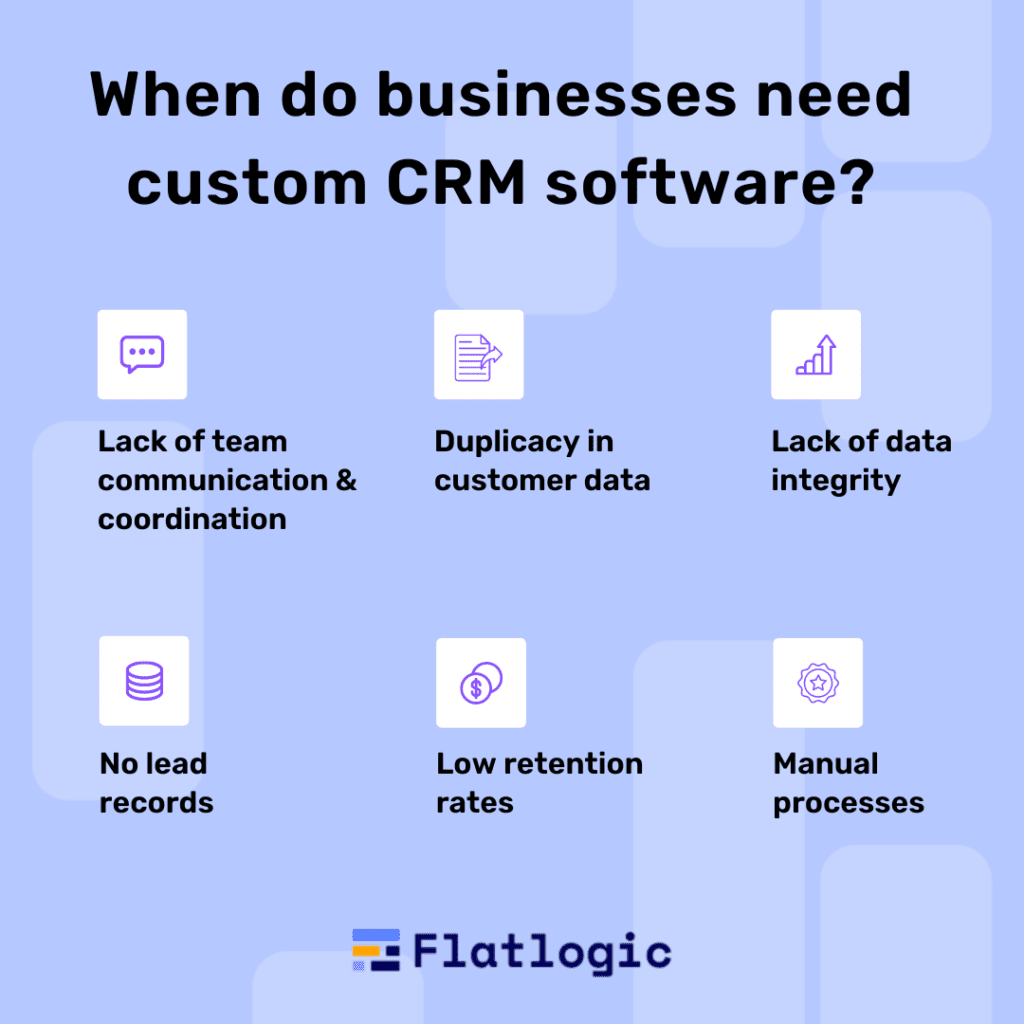Let me tell you a story, a journey really, through the evolution of how businesses understand their most valuable asset – their customers.
The Heartbeat of Your Business: My Journey Through ERP Customer Data Management
Picture this: it was the late 90s, early 2000s. The internet was still finding its feet, and many businesses operated like a series of disconnected islands. Sales had their spreadsheets, marketing had their own list, customer service had a separate database, and finance? Well, they had their numbers, often without a direct link to who was buying what.
I remember working with a small manufacturing company back then. Let’s call them "Widget Co." They made fantastic widgets, but their internal operations were, shall we say, a "digital wild west."
Before the ERP: A World of Scattered Information and Missed Opportunities
Widget Co. had customers, loyal ones even. But if you asked their sales team about a customer’s last purchase, they’d have to call accounting. If you asked marketing about a customer’s preferences, they might pull up an old survey result that hadn’t been updated in years. And customer service? They often had to ask customers to repeat their entire history every time they called. It was a frustrating, inefficient mess.
The Siloed Symphony of Chaos
Each department had its own little kingdom of data. Sales had a contact list in Excel. Marketing used an email tool with its own subscriber base. Customer service might have a simple Access database of support tickets. Finance had the invoicing system. The problem? These systems didn’t talk to each other.
Imagine a customer calling in with a complaint. The service agent pulls up their file, but it doesn’t show that the customer just placed a huge order yesterday, or that they’ve been a loyal client for five years. This lack of a complete picture often led to:
- Duplicate records: The same customer entered three different ways by three different departments.
- Outdated information: A customer moves, changes their phone number, or gets a new email, and only one department updates it, leading to inconsistent communication.
- Missed opportunities: Marketing couldn’t effectively segment their audience because they didn’t know who bought what, or when. Sales couldn’t upsell because they didn’t know what products a customer already owned.
The Cost of Confusion
This wasn’t just an inconvenience; it was costing Widget Co. money. Frustrated customers would eventually leave. Marketing campaigns were generic and ineffective. Sales cycles were longer because reps spent more time digging for information than actually selling. Decisions were based on incomplete or inaccurate data, which is like trying to navigate a ship with a broken compass.
It was in this environment that I had my "aha!" moment. There had to be a better way to manage customer data. And that’s when I started hearing more and more about something called an Enterprise Resource Planning (ERP) system.
Enter the ERP: A New Dawn for Customer Understanding
Initially, many thought of ERP as just a fancy accounting system. But what I quickly learned was that a modern ERP system is much, much more. It’s like the central nervous system of a business, connecting all the vital organs. And one of its most powerful functions is how it handles customer data management.
What Exactly is ERP, Anyway? (For Beginners)
Think of an ERP system as a massive, integrated software suite that manages all the core processes of a business. This includes things like finance, human resources, inventory, supply chain, and yes, crucially, customer relationships. Instead of having separate, disjointed systems for each of these functions, an ERP brings them all together under one roof.
The Magic of Centralization: A Single Source of Truth
The real game-changer with an ERP is its ability to create a single source of truth for all your data, especially customer data. Imagine if every piece of information about a customer – their contact details, purchase history, interactions with customer service, marketing preferences, outstanding invoices, and even website visits – was all stored in one place, accessible to everyone who needed it, and updated in real-time.
That’s the promise of ERP Customer Data Management. It’s not just about storing names and addresses; it’s about building a comprehensive, dynamic profile of every customer that informs every interaction.
How ERP Transforms Customer Data Management (The "How-To" & Benefits)
Let’s dive into the practical ways an ERP system revolutionizes how businesses handle their customers. This isn’t just theory; these are the tangible benefits I’ve seen businesses like Widget Co. (once they adopted an ERP) experience firsthand.
1. Unified Customer Profiles
With an ERP, every customer gets a single, comprehensive profile. This profile acts like a digital dossier, containing:

